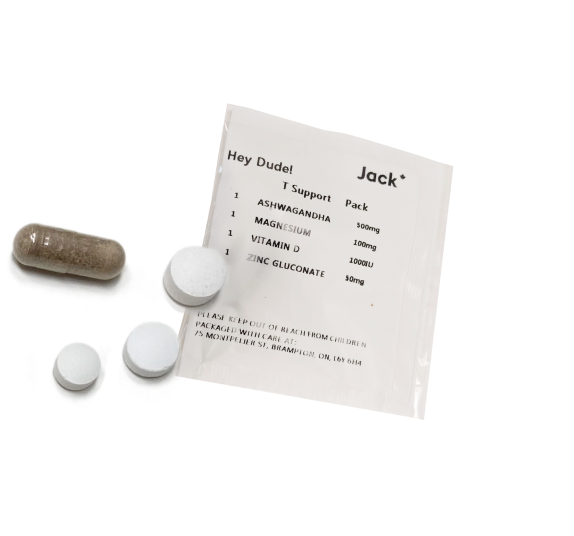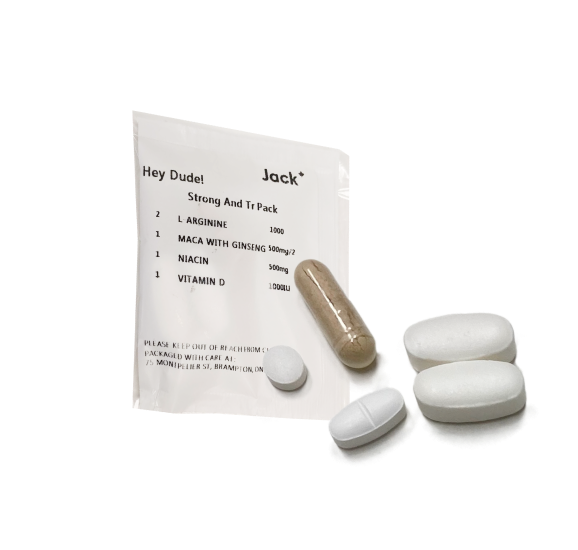Testosterone is a hormone that plays a critical role in the body of men and women, though it’s more abundant in men. It’s crucial for muscle mass, sex drive, and the development of male physical features such as hair growth and a deep voice.
When we talk about “free” testosterone, we’re referring to the amount of this hormone that is not bound to proteins in the bloodstream, such as SHBG (sex hormone-binding globulin) or albumin. This form of testosterone is significant because it’s readily available for your body to use.
What is a Testosterone Level Test?
A testosterone level test measures the amount of testosterone in your blood. This test can determine both bound and unbound (free) testosterone levels to assess overall hormone balance.
What is It Used for?
Doctors order testosterone tests to diagnose various conditions, such as hypogonadism in men, polycystic ovary syndrome (PCOS) in women, and other hormonal imbalances. Symptoms that might prompt a test include low sex drive, fatigue, and erectile dysfunction.
What is Free Testosterone?
Free testosterone is the testosterone in the blood that is not bound to proteins. This form is biologically active and can influence many bodily functions, from muscle synthesis to libido.
What Does the Testosterone Test Measure?
Testosterone travels through your blood in two ways:
- Attached to the proteins albumin and sex hormone binding globulin (SHBG)
- Free — not attached to any proteins
Usually, you’ll get a total testosterone test as a screening test. This measures both free and attached testosterone. To diagnose certain conditions, doctors sometimes look only at free testosterone levels.
In males, the testosterone test can help find the reason for sexual problems, like reduced sex drive or erectile dysfunction. If you’re having a hard time getting your partner pregnant, the test can tell if your blood testosterone level is low. A low testosterone level can also mean a problem with the hypothalamus or pituitary gland, which controls how much testosterone your body makes.
In females, this test can find the reason you’re missing periods, not having periods, having a hard time getting pregnant or experiencing male patterns of hair growth such as on your chest or face.
What Happens During the Test?
During a testosterone test, a healthcare provider collects a blood sample, typically from a vein in the arm, using a small needle. This process is relatively quick and may cause a brief sensation of discomfort or pain. The collected blood sample is then sent to a laboratory for analysis.
The lab measures the levels of testosterone in the blood, including both total testosterone, which encompasses all testosterone in the bloodstream (both free and bound to proteins), and free testosterone, the fraction that is not attached to proteins and is available for the body to use.
The results of this test help doctors assess an individual’s hormonal health, diagnosing conditions related to abnormal testosterone levels, such as hypogonadism in men or polycystic ovary syndrome (PCOS) in women, and guiding treatment decisions based on whether testosterone levels are too low or too high.
What is the Difference Between Total and Free Testosterone?
The main difference between total and free testosterone is that total testosterone includes both free testosterone and testosterone bound to proteins in the blood. Free testosterone, however, is the fraction that is not bound and can affect the body directly.
For many years, total testosterone levels have been used as a primary measure of a man’s overall health and fertility. However, recent advancements in medical understanding have highlighted the importance of free testosterone, alongside bound testosterone, in truly gauging a man’s vitality and strength.
What does this mean in practice? Imagine experiencing symptoms indicative of low testosterone levels, such as inadequate muscle growth, increased irritability, and a diminished libido. If you were to undergo a testosterone screening that only evaluates total testosterone levels and the results indicate your levels are within the normal range, your doctor might mistakenly attribute these symptoms to a different issue and recommend an unrelated treatment plan.
This oversight could neglect the actual cause: a lack of free testosterone, which is crucial for cell growth, as well as bone and muscle strength, playing a significant role in male health. Free testosterone is vital for maintaining sexual health, among other functions.
Therefore, if concerns about declining sexual health or other related symptoms arise, it’s advisable to consult your doctor about achieving balanced testosterone levels, including both free and total testosterone, to ensure accurate diagnosis and appropriate treatment.
To further understand how free testosterone differs from total testosterone, and why both are crucial for assessing a man’s health, read our detailed exploration on the difference between free and total testosterone. This comprehensive guide will enhance your understanding of these key hormonal components.
What is a Normal Free Testosterone Level?
Defining “normal” levels for free testosterone is complex, with most discussions around testosterone focusing on total testosterone levels, which typically range from 300 to 1000 ng/dL.
These levels can fluctuate throughout the day, so measurements are usually taken between 8 a.m. and 10 a.m. on two different days, with levels below 300 ng/dL indicating low testosterone. Unlike total testosterone, free testosterone is not measured directly.
Labs calculate it using an equation based on total testosterone and other factors, leading to variable “normal” ranges across different laboratories. Generally, free testosterone levels below 50–65 pg/mL are considered low, often in the context of low total testosterone levels.
What Happens If You Have Low Free Testosterone Levels?
- Low free testosterone levels can lead to a variety of symptoms and health issues:
- Decreased Sex Drive
- Erectile Dysfunction, Including Loss of Morning Erections
- Lean Muscle Mass Loss
- Body and Facial Hair Loss
- Fatigue
- Weight Gain Or Obesity
- Depression
- Anemia
How Can You Increase Free Testosterone Levels?
Improving free testosterone levels in men can be achieved through various healthy lifestyle practices, which are beneficial for boosting both total and free testosterone.
- Engage in Weightlifting: Building muscle mass can enhance your metabolic rate, contributing to higher testosterone levels.
- Adopt a Healthy Diet: Focus on avoiding trans and saturated fats and consuming foods that promote arterial health and overall well-being, which can naturally increase free testosterone.
- Increase Vitamin D Intake: Consume foods high in Vitamin D, like fortified dairy products and beef, or consider taking a Vitamin D3 supplement.
- Consider Medical Therapy: For some individuals, testosterone replacement therapy (TRT) may be an appropriate option to directly increase testosterone levels alongside these lifestyle adjustments. If you’re considering medical therapy as a means to boost your testosterone levels, learn more about TRT cream as a potential treatment option. This guide provides insights into how TRT cream works and its benefits for testosterone enhancement. Another effective treatment for low testosterone levels is the use of testosterone pellets. Discover the advantages and how they work by exploring our article on testosterone pellets for men, offering an alternative approach to hormone replacement therapy.
Key Takeaways
- Free Testosterone’s Role: Free testosterone, which is unbound to proteins in the blood, is crucial for functions such as muscle growth, sex drive, and the development of male physical characteristics. It’s a key indicator of hormonal health and vitality in both men and women.
- Testing for Testosterone Levels: A testosterone level test measures both total and free testosterone in the blood, helping diagnose conditions like hypogonadism in men and PCOS in women. The test involves a simple blood draw, usually in the morning when testosterone levels are highest.
- Importance of Both Testosterone Types: While total testosterone has traditionally been used to assess health and fertility, understanding both total and free testosterone levels is essential for a complete picture of hormonal health. Symptoms of low testosterone may be missed if only total levels are considered.
- Managing Testosterone Levels: Lifestyle interventions such as weightlifting, a healthy diet, and vitamin D intake can enhance free testosterone levels. In some cases, medical therapy like testosterone replacement therapy (TRT) may be recommended to address deficiencies.
Frequently Asked Questions
Can You Have Normal Total Testosterone and Low Free Testosterone?
Yes, it’s possible to have normal total testosterone levels but low free testosterone, which may lead to symptoms of testosterone deficiency. It is the bioavailable portion of testosterone that exerts its effects on the body.
Can You Have Low Total Testosterone But Normal Free Testosterone Levels?
This is also true: total testosterone levels may appear low when free testosterone levels are within normal range. This is most often seen in men in the development of insulin resistance (obesity or diabetes), which often causes SHBG levels to decline.
Can Women Have Free Testosterone in Their Bodies?
Women’s ovaries also make small amounts of testosterone. It helps many organs and body processes in women. The pituitary gland in your brain controls the amount of testosterone your body makes. Most of the testosterone in your blood attaches to 2 proteins: albumin and sex hormone-binding globulin.







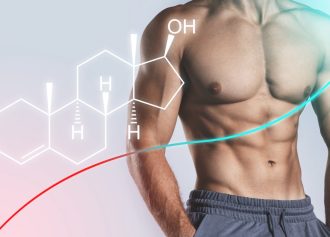

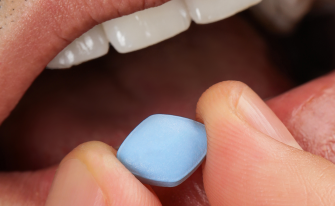



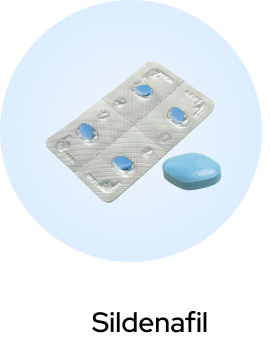
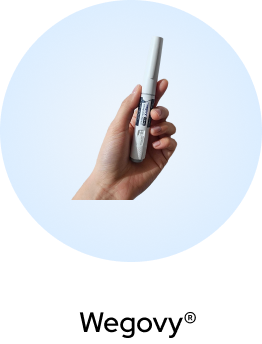
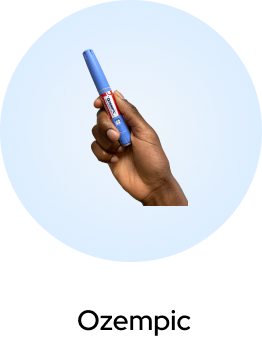


 (US)
(US)
